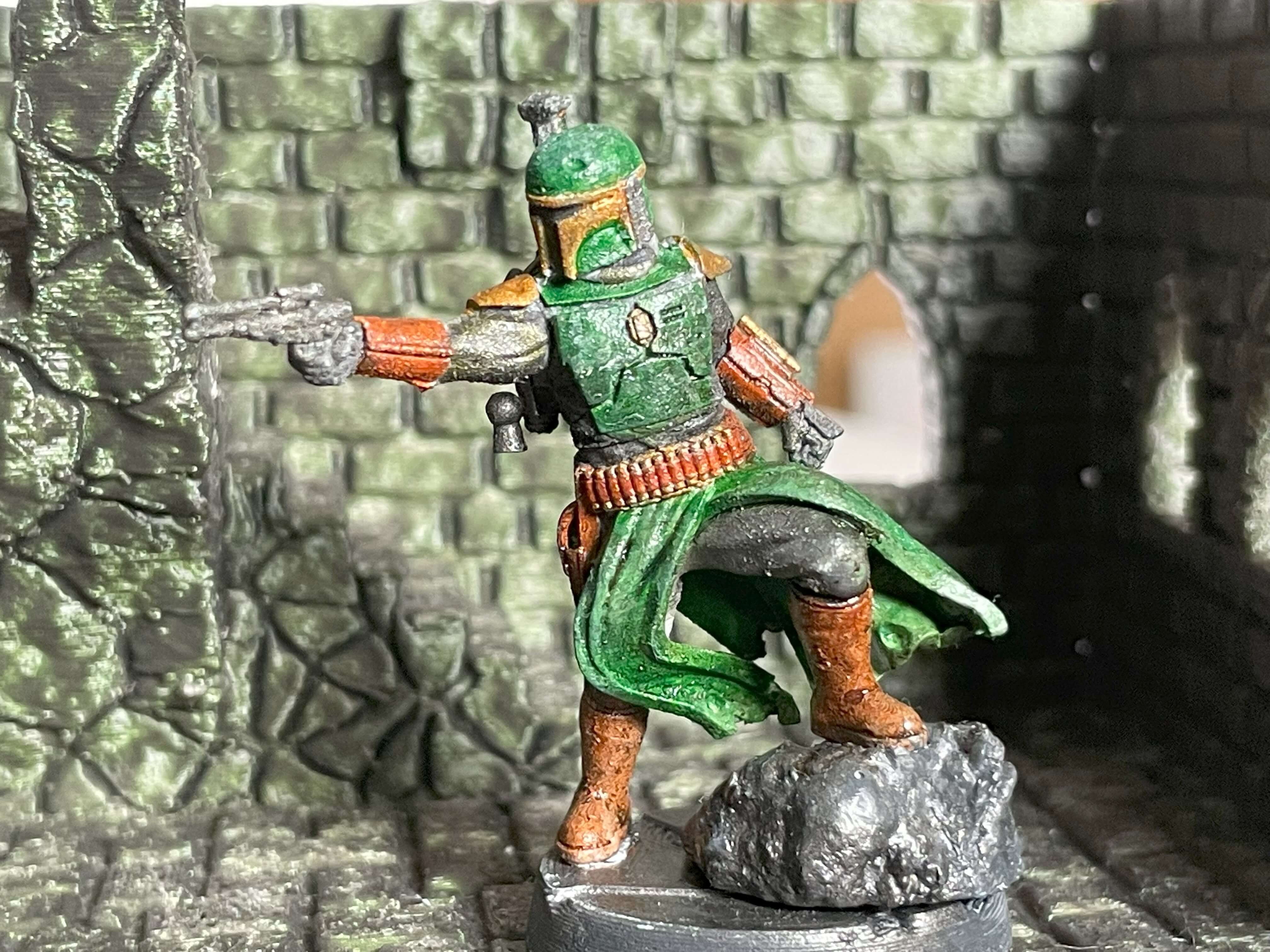Post-processing your Print
Caleb | May 9, 2022, 1:41 p.m.

Post-processing Your Print: How to Clean Your Print
3D printing has come a long way in the last couple of years. With now greater levels of detailing and less unwanted material on your prints, you may be happy with your finished product straight off the printing bed. However, even with these advancements in printer fidelity, you may still end up with some level of imperfection in your printed object. But fear not! This short guide will give you sever tips and ideas on how to post-process your print to achieve the end result you are looking for.
What to Look Out For
There are a few common imperfections with 3D printed objects that can be cleaned up after the fact. These include the following:
Left-over supports
3D prints often require supports when printing, and you may find that you need to remove these after your item is printed. While most supports should be fairly easily removed, you may find that some parts need tools to properly remove and clean.
Blobbing
Blobbing is simply a buildup of excess material somewhere on your print. This, in small amounts, is easily post-processed away.
Stringing
This is where excess filament is extruded by the printer at the end of each pass, resulting in long, wispy lines of material hanging off of your object. A small amount of this is easily correctable, although if you find this occurring to an excessive degree on your prints, you may need to look at recalibration of your printer (article coming soon!).
Rough edges or faces
Unsmooth finishing or edges can occur to various different degrees. Faces and edges with only minor imperfections or without any detailing can be post-processed successfully. However, if you find an excessive amount of imperfections, then you again may need to look into recalibration or a higher detail print.
Tools for the Job
Now we have identified some of the imperfections that can show up on a print, we will now identify some of the tools we can use to clean these up, as well as what each tool is best used for.
Model clippers
These handy little clippers are a must-have for any 3D printing enthusiast. Purchasable at hobby stores, online, and sometimes at hardware and art/craft stores, this tool is excellent at cutting off any supports, blobbing, as well as cleaning off excessive stringing. Clippers make for a great first step in any post-processing work-flow, clearing the way for other tools to finish the job. If you do not own a pair, you can instead use any other cutting implement, such as smaller scissors, wire cutters or craft knives.
Scalpel
A seemingly strange tool, but an effective one nonetheless. I often use this tool myself when cleaning my models, as it allows for more precise removal of material, or to reach difficult angles. This tool is not a replacement for clippers, but more of a supplement for bringing out the detailing. These also work fantastically with resin prints, allowing you to expose more detailing and remove any small material buildups on your model. You can find these in specialty material and art shops, or online fairly easily.
Lighter/Torch
Easy to acquire and incredibly useful to remove small amount of stringing and can smooth some faces. However, do exercise caution when using this method, as on top of the danger to you, excess usage of flame can warp and distort your print, or even melt or burn the material. So, use this method sparingly by way of little bursts, and let your object cool briefly between each use.Sand paper
Sometimes, you just need to give your object a good ‘ol sanding down for that smooth finish you’re looking for. Sanding can smooth out imperfections, as well as remove 3D printing layer lines on your objects. This works best on exposed surfaces with no detailing, and can do wonders on those rough faces. It’s best to prepare several different grains of sandpaper, starting with more course gains and ending with more fine grains. How many you need to prepare depends on the level of finish you desire, but you can certainly get some pretty good results with this method. You’ll find this at your local hardware store.
Acetone vapor smoothing
NOTE: Acetone can be a highly dangerous chemical, being both highly flammable and toxic. This process is not recommended for beginners, and must be carried out with the proper protective equipment (gloves, face protection, respiration protection). In addition, this guide will not contain instructions on how to conduct acetone vapor smoothing, but just point out its application.
Acetone vapor smoothing uses highly concentrated acetone to chemically smooth out a print. This results in the removal of layer lines and the smoothing of your object, leaving you with a smooth surface. However, due to the indiscriminate nature of the smoothing, this process can be rather difficult to control, and is used as a final step for a really detailed finish. However, with careful use, this can give your prints a finish that no other method can achieve.
Conclusion
And there we have it: a few ways of getting the quality you deserve out of your prints. There may yet be many more tools and tricks for post-processing, and you best bet that I’ll be continuing my hunt for anything that makes my own prints as clean as possible.
So with that, grab those clippers and get post-processing! A world of clean finishes awaits us.